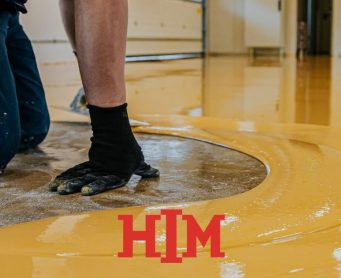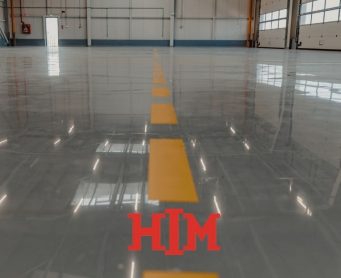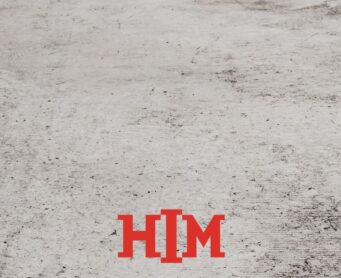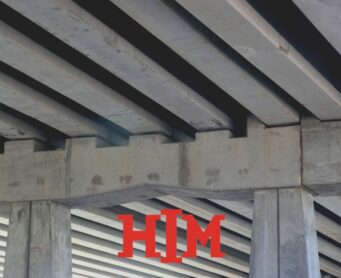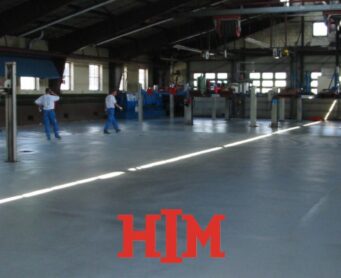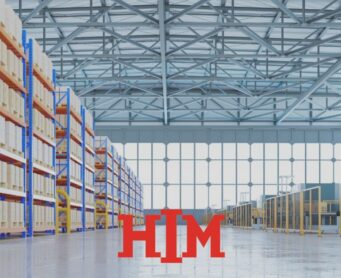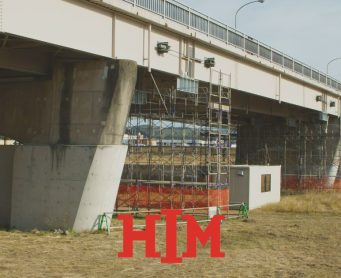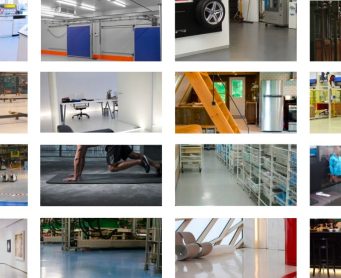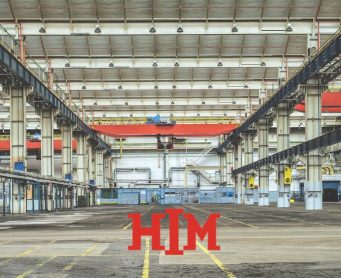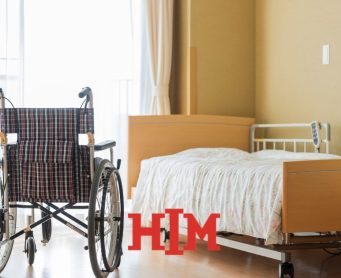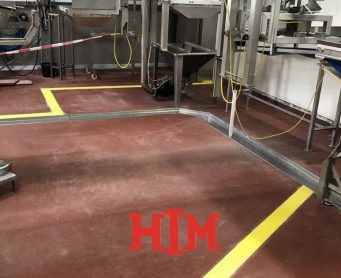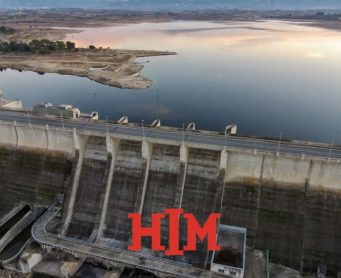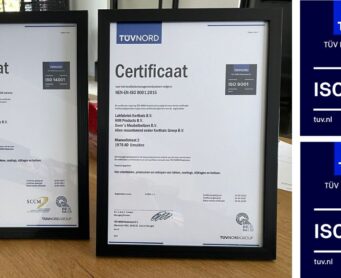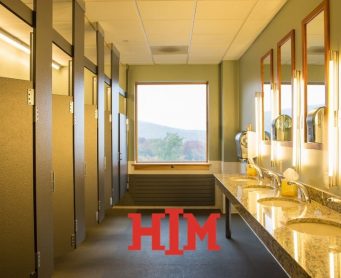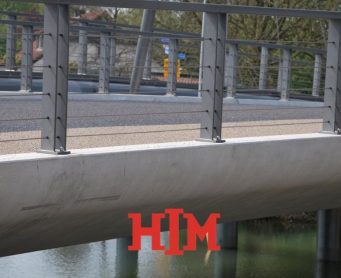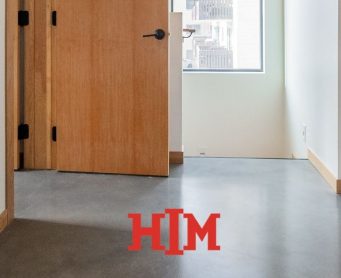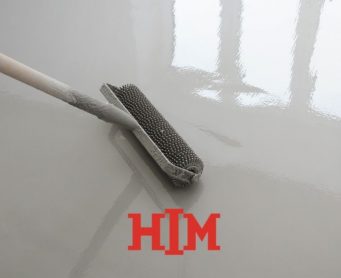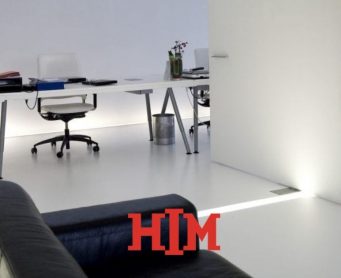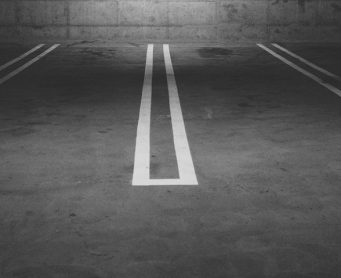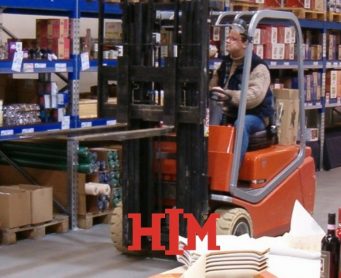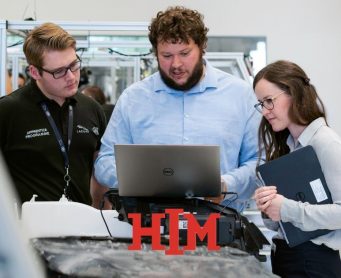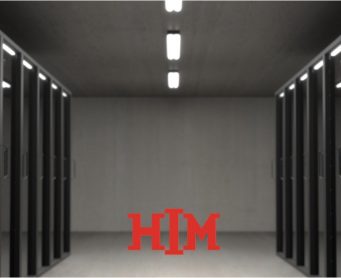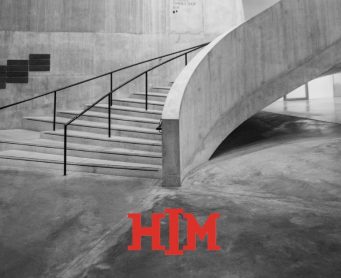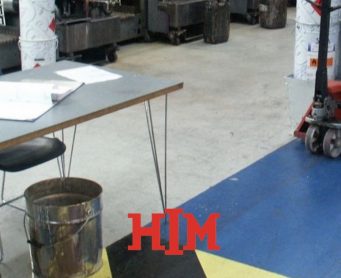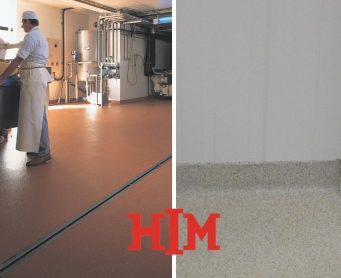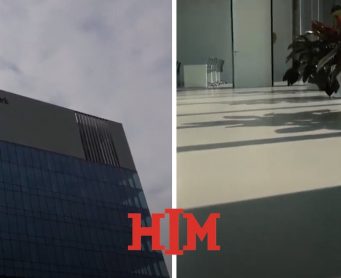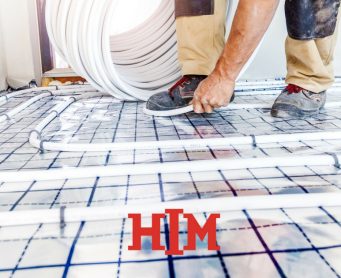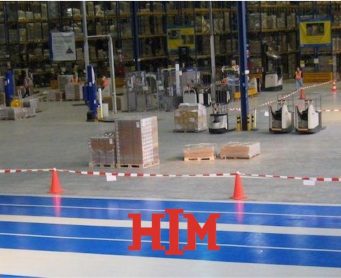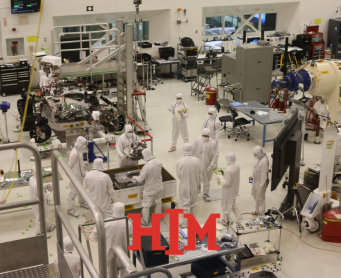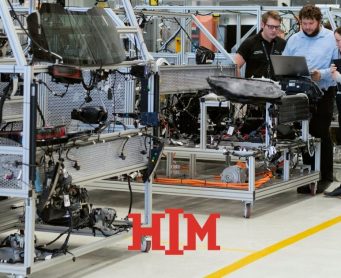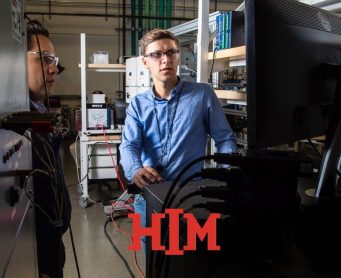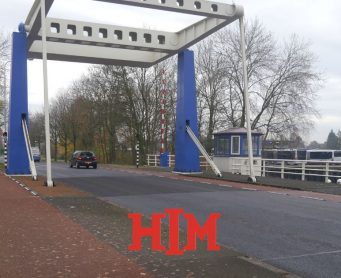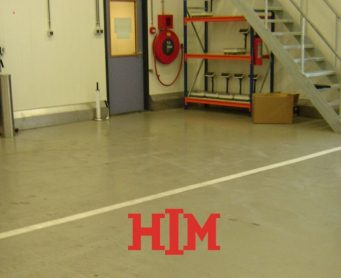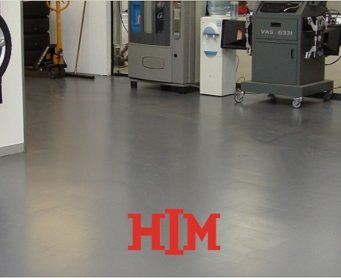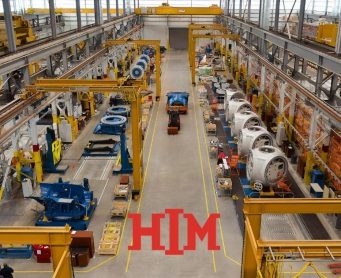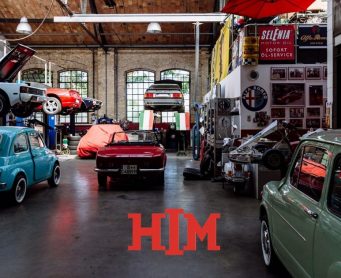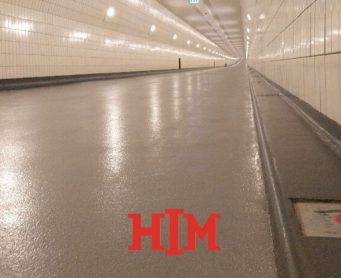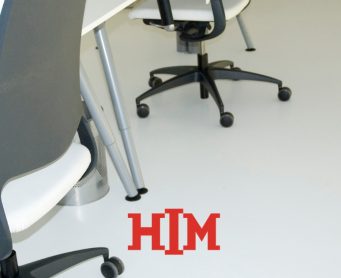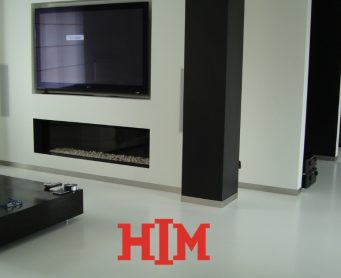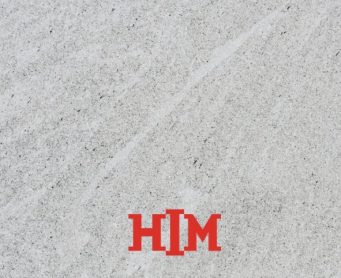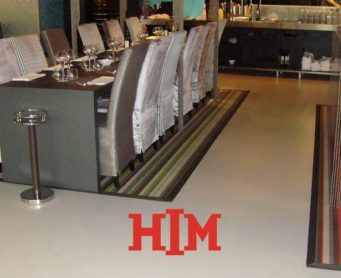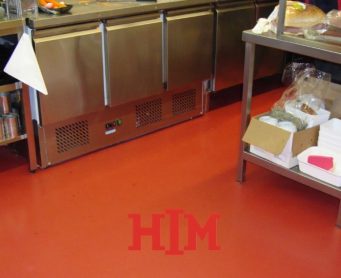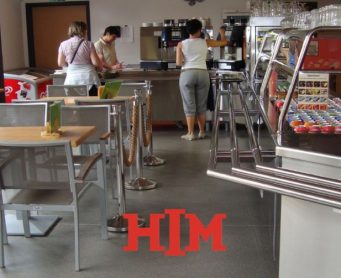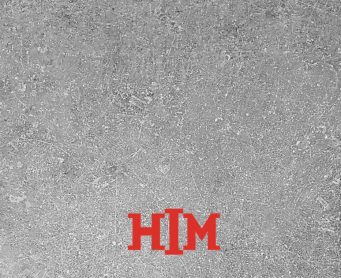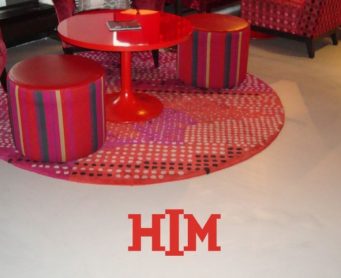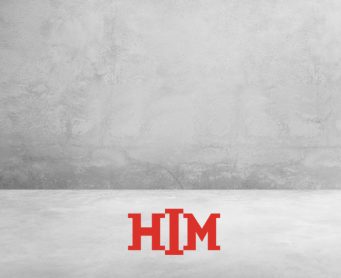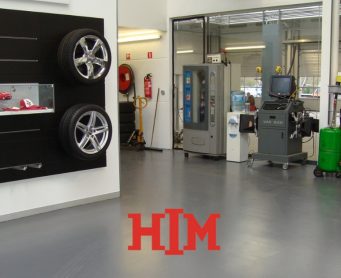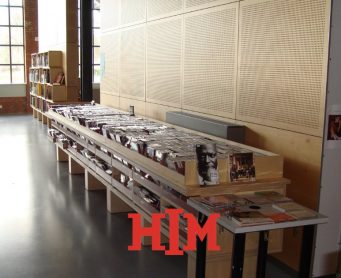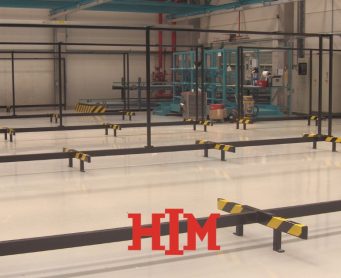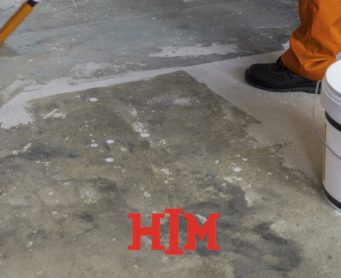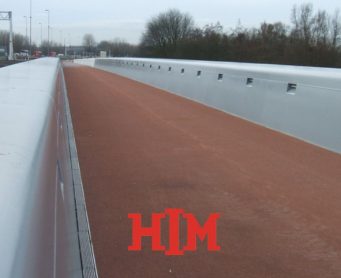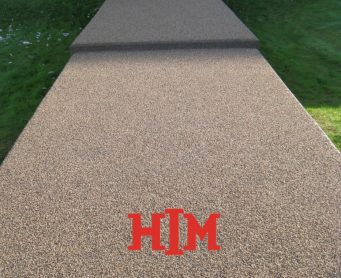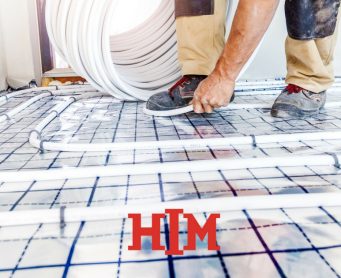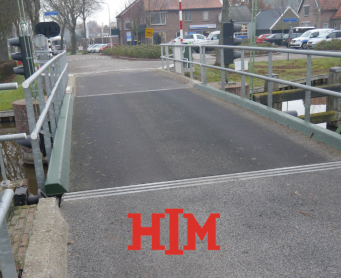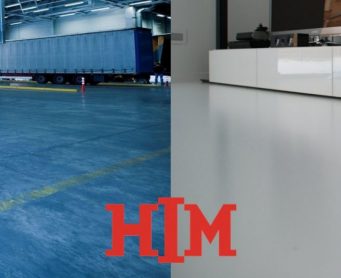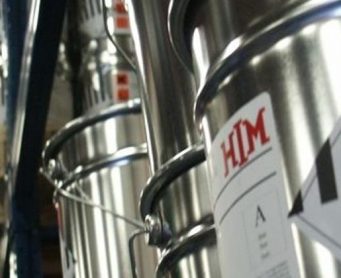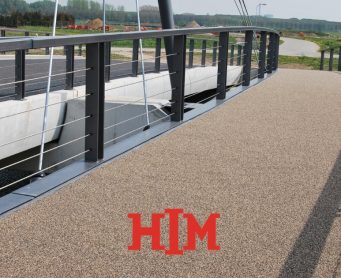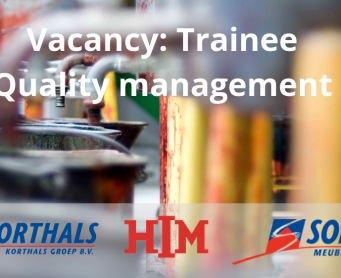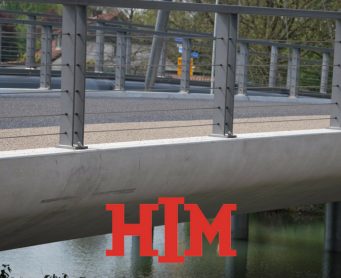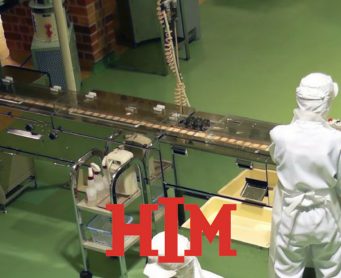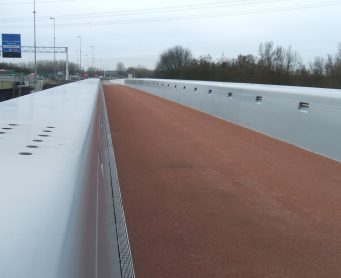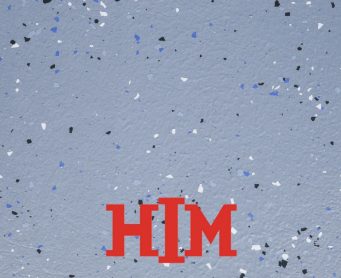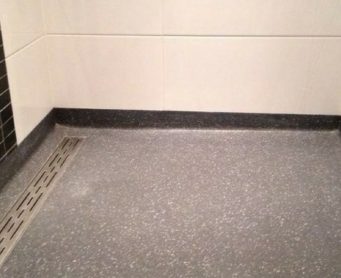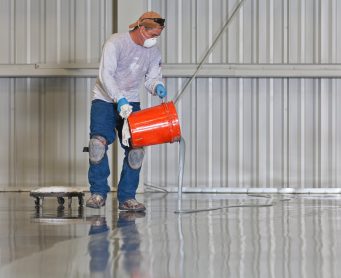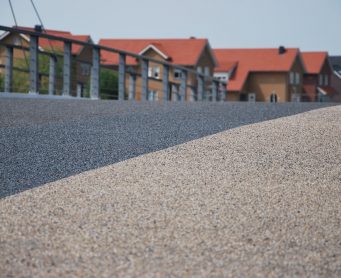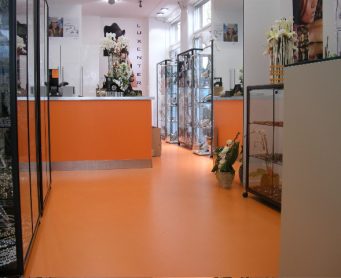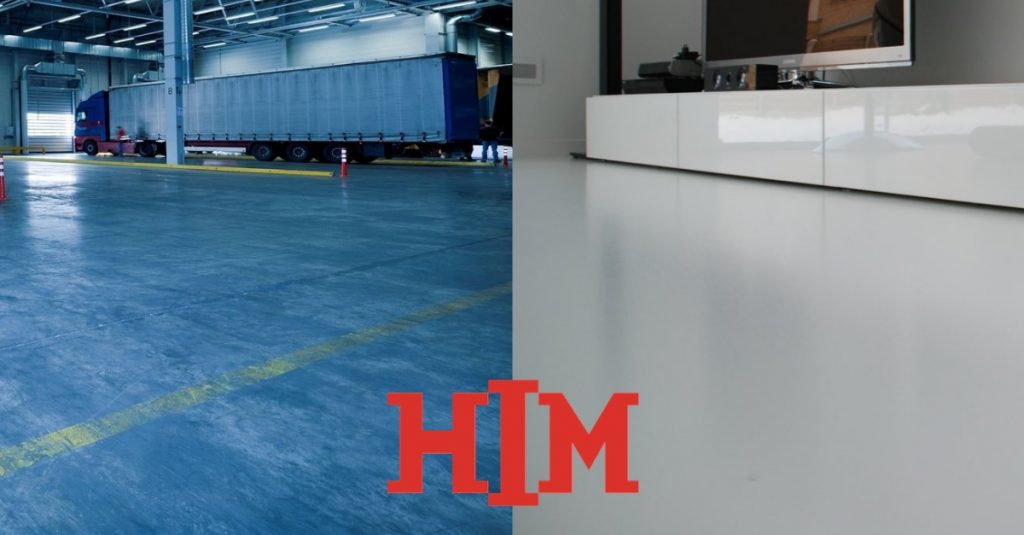
Are you looking for a self-levelling floor, but have doubts between epoxy and polyurethane? In this article we explain the major differences so that you can make an informed choice.
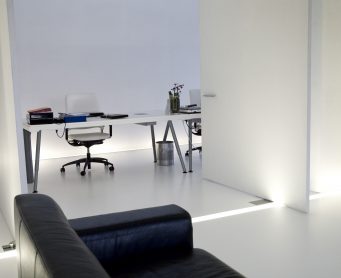
Polyurethane floor in office.
Both epoxy and polyurethane self-levelling floors are poured onto a load-bearing floor. The result is a seamless floor finish that is made up of different layers. The floors usually consist of three layers, namely:
The scraping layer is used in porous substrates, such as a sand-cement screed, or if the substrate is less even. In industrial spaces, it may be possible to opt out the finish.
The main difference between these floors lies in the hardness of the applied synthetic resin: epoxy resin is harder than polyurethane resin. Epoxy floors are therefore suitable for heavy use, such as forklift traffic in warehouses and workshops. Polyurethane floors are softer and elastic. For this reason, these floors are often used in offices and homes.
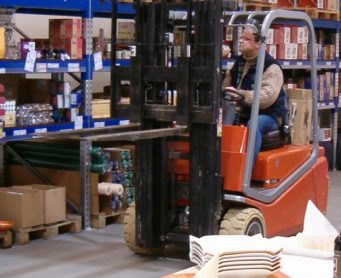
Epoxy floor for industrial use.
The scratch sensitivity of epoxy is higher than polyurethane. Hard floors generally scratch faster than soft floors. These floors are therefore given a matt appearance when used intensively. Polyurethane floors are semi-flexible, so that sand, small stones and other dirt on this floor do not cause scratches.
Floors of storage and production facilities require the strongest possible properties. If chemical resistance is essential for the work within your industrial business premises, you will soon arrive at an epoxy floor. This floor is better able to withstand the exposure to chemicals than polyurethane. In practice, aggressive substances will therefore not affect the floor quickly, if there is unforeseen spillage.
Our composite self-levelling floors meet high quality standards and will therefore never spontaneously crack. Because of this property, epoxy and polyurethane floors can work well with underfloor heating. However, if cracks are expected in the floor, then it is wise to choose polyurethane. Because of its flexibility, it is more resistant to shrinkage and expansion forces and thus also somewhat crack-bridging.
Epoxy floors thrive best in environments with a stable ambient temperature.
HIM self-levelling floors are available in many RAL colours
The epoxy and polyurethane self-levelling floors from HIM last for years and adhere well to the substrate. Both self-levelling floors can be made in most RAL colours and also in a concrete look or scattered with flakes.
For optimal protection it is recommended to finish the floor with a finish or finish coat. In this way, certain properties, such as scratch resistance and UV resistance, can be improved.
Looking for a sustainable floor solution? HIM likes to think along with you for the best solution. For more information, call +31 (0) 251-276300 or send a message via our contact page.
Publicatiedatum: 2019-01-03
Categorie: News

